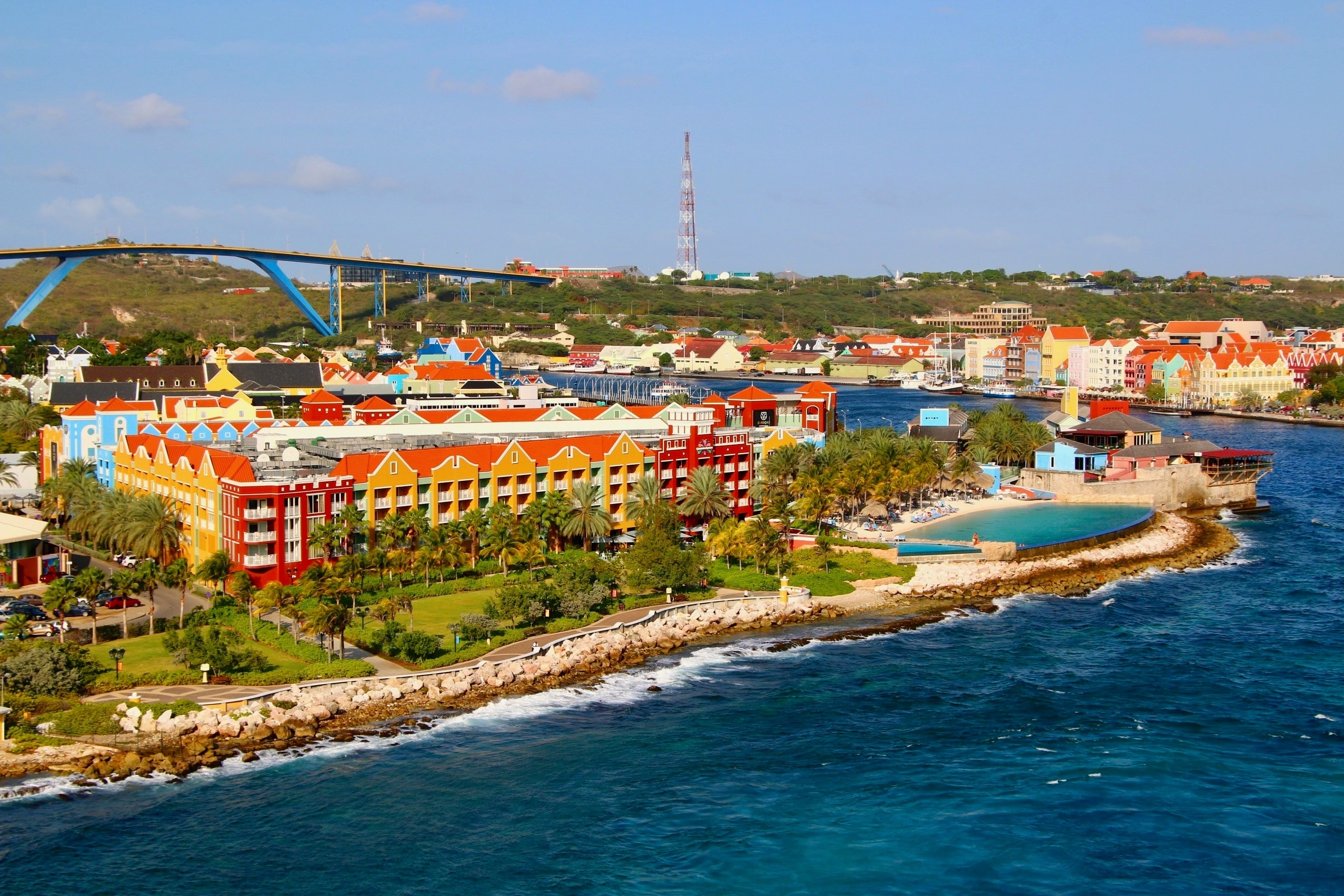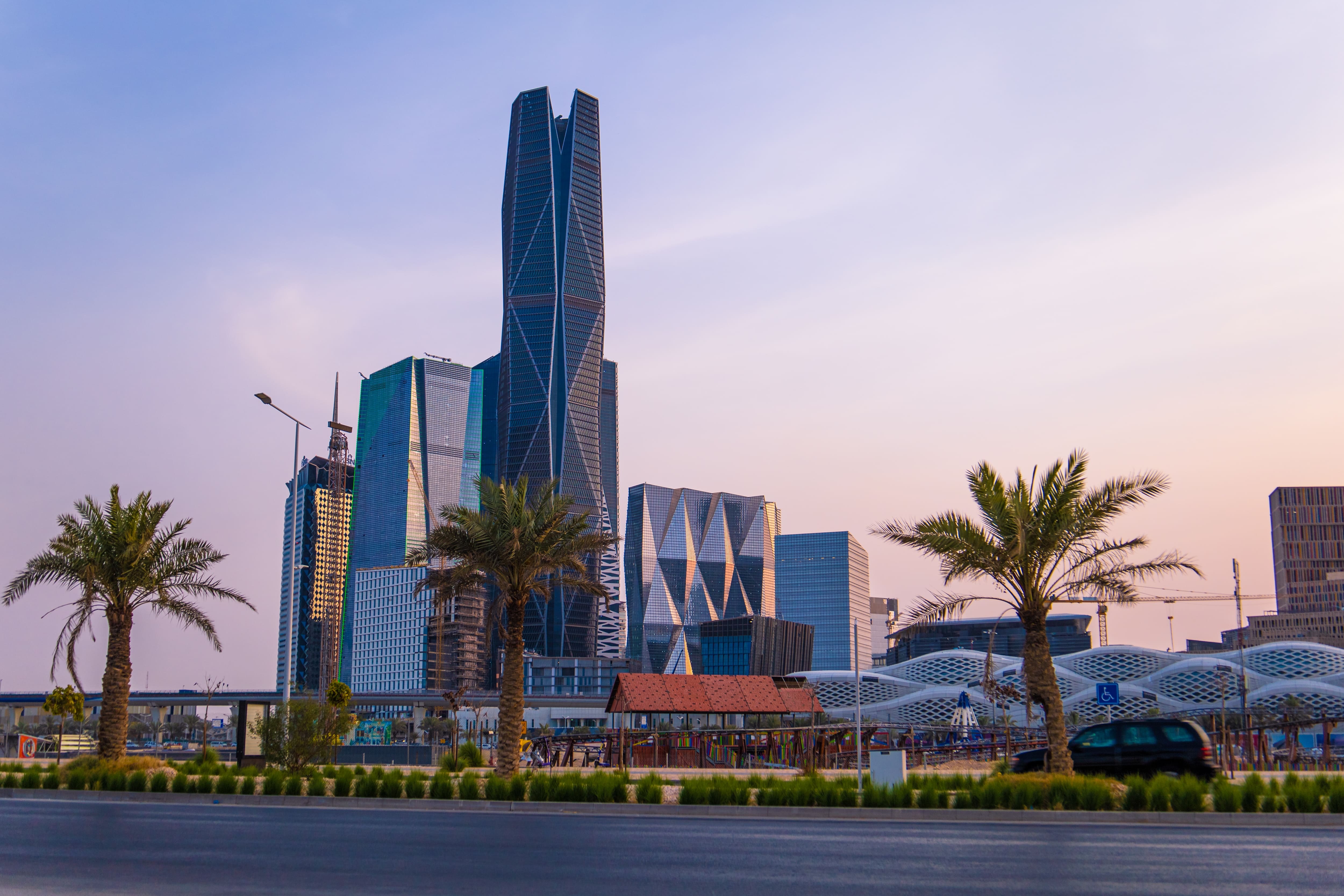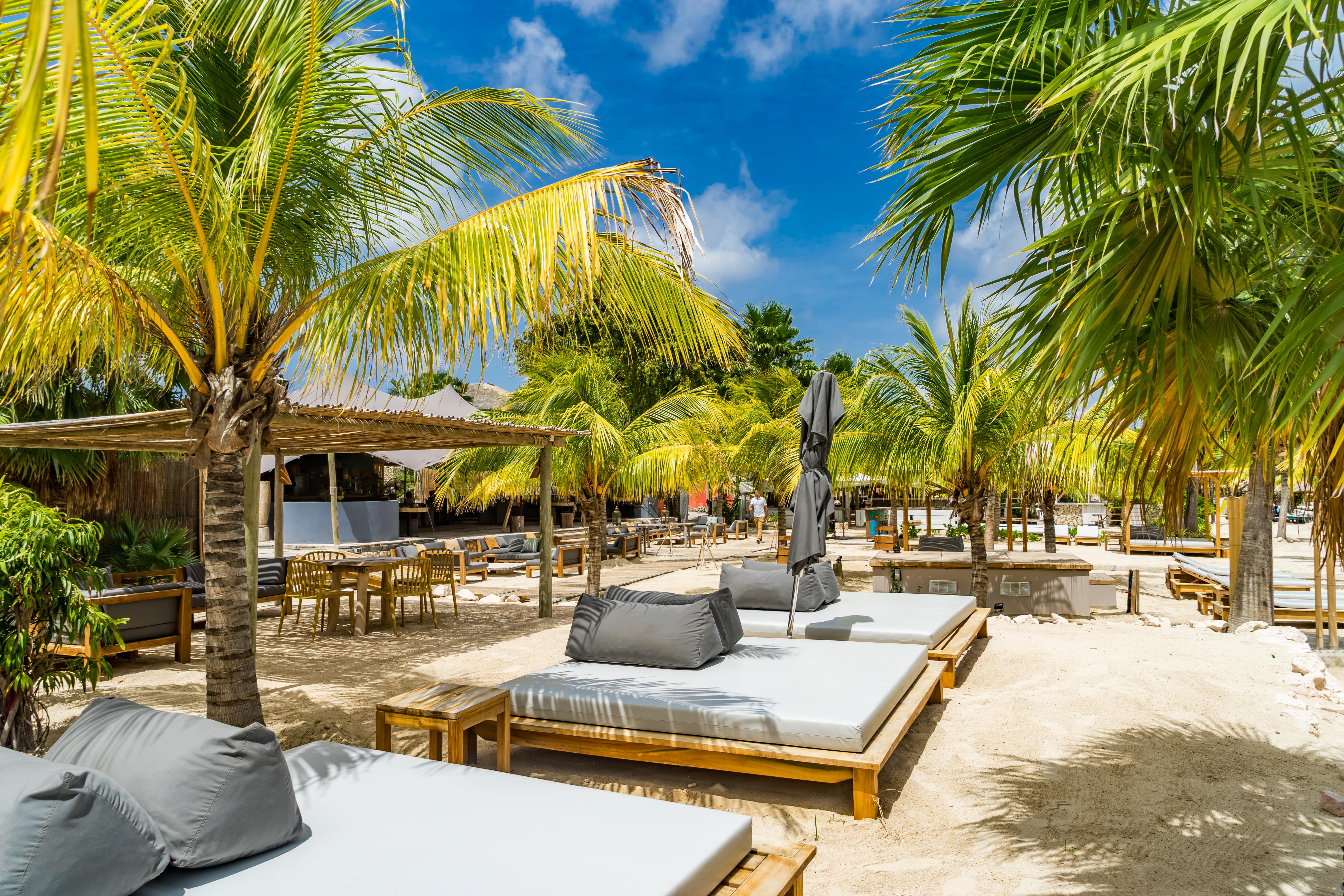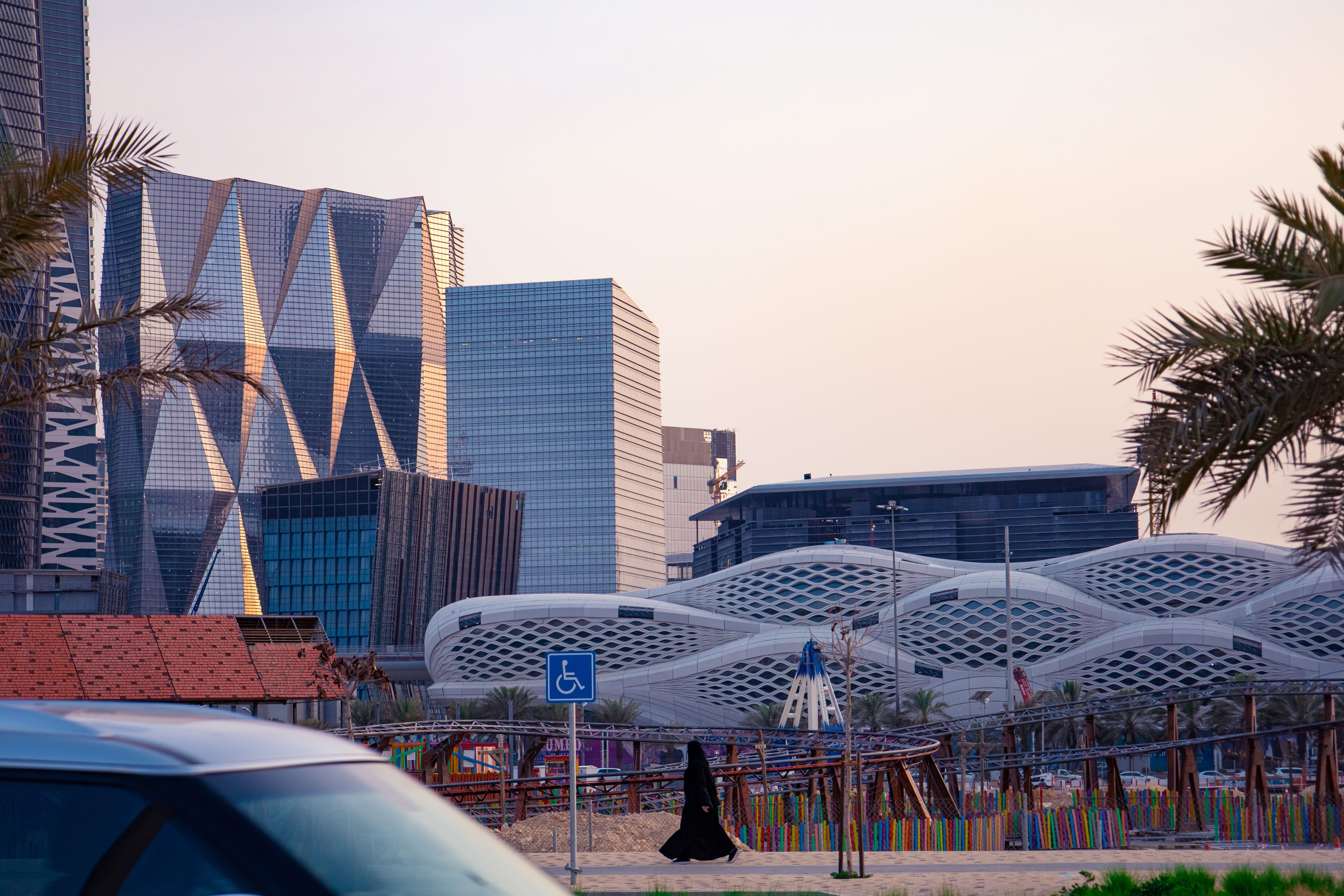Best Vehicles to Explore Curaçao: Drive the Island Right
August 8th 2025
Curaçao is a small island with many secrets—sunny beaches, hidden coves, colourful towns, and winding coastal roads. To explore at your own pace, a reliable rental car is essential. Whether you're heading to Hato Airport, downtown Willemstad, or beachside Blue Bay, your vehicle choice matters. This guide helps you pick the best vehicles to explore Curaçao so you enjoy every mile with ease, comfort, and peace of mind.
Why Your Choice of Vehicle Matters on Curaçao?
Driving on Curaçao is different from cities. The roads vary—from smooth highways to rough side lanes near national parks or beaches. You’ll want a car that handles heat, fits your group and luggage, and can take gravel or salty coastal streets if needed. Fuel is affordable compared to European averages, but diesel models are common for better economy. Many rental companies accept credit cards and debit cards; some also offer hotel delivery. A good pick can save you stress and help you see more, like the hidden beaches that taxis don’t reach.
Most Popular Rental Cars on the Island
Curaçao’s road conditions are mostly well-maintained, but some rural or beachside roads can be uneven or unpaved. Here’s a breakdown of popular rental vehicle types and what makes them a good fit—or not—for your journey.
Economy Hatchbacks: The Easy-Parking Pick
Want to zip through Old Town Willemstad or park near the floating market without circling for ages? Economy hatchbacks, like the Toyota Yaris or VW e-Up, are ideal. They're small, fuel-smart, and very easy to manoeuvre into tight city garages or curvy neighbourhood streets.
Perfect for single travellers or couples with light bags, these cars keep rental costs and fuel expenses low. Imagine grabbing a coffee in Pietermaai, then sliding into the nearest spot near a colourful mural—no stress, just easy access.
Just know their limits: the hatchback’s compact size means small trunk space and less comfort for beach gear on long excursions. The lower clearance makes them poor choices for rocky or sandy tracks leading to hidden coves.
Compact Sedans: Comfort Meets Efficiency
If you're planning moderate drives around Curaçao with a little more luggage or a partner in tow, a compact sedan like the Toyota Corolla or Hyundai Elantra is a solid choice. You'll get better trunk space for snorkel sets, beach towels, and souvenirs—and a smoother ride on highways.
These are great for point-to-point days: excursions from Willemstad to Blue Bay, spa visits in Jan Thiel, or multiple stops in less crowded beaches. The suspension is stronger, though still not ideal for gravel roads like those in Shete Boka—you’ll need to slow down.
Compact sedans split the difference: easier to park than a big SUV, more spacious than a hatchback, and fuel-efficient, especially if you stick to paved routes and coastal drives.
Small SUVs & Crossovers: Coastal-Ready Comfort
If you are planning to explore beaches, hills, and lookout points, small SUVs like the Suzuki Vitara, Nissan Qashqai, or Renault Captur strike a great balance. They offer better ground clearance to handle mild sand, uneven coast roads, or potholed stretches near Christoffel Park.
Recently, I rented a Vitara for a midweek trip from Willemstad to the Klein Curaçao ferry pier. It handled rough side roads easily, and I appreciated the higher seats for sea views. Fuel wasn’t too bad, even when climbing Lambooy Bay hills.
These cars cost a bit more than hatchbacks but are still affordable. Choose midweek pickup for discounts. Perfect for solo or small groups who plan to drive both town and scenic coastal roads during their trip.
Mid-Size SUVs & 4×4 Vehicles: Built for Rugged Routes
If you’re seeking adventure—think dusty trails in the south or gravel paths into Christoffel National Park—a mid-size SUV or 4×4 vehicle like the Toyota Prado or Mitsubishi Pajero is your go-to. These are serious machines built to tackle sand, steep unpaved hills, and wide luggage sets for groups.
Families travelling to the remote western beaches or exploring secluded snorkel spots will benefit from the space and durability. Just know: fuel bills rise with V6 engines, and parking in tight town areas becomes a challenge.
For example, a group I helped plan a day-trip for drove a Prado to Boka Tabla. Despite rough access roads, everyone was comfortable riding in plush seats, and we had no fear of bumpy pathways. But finding a parking spot in narrow Willemtown took patience.
Convertibles & Compact SUVs: Scenic Drives in Style
Curaçao offers coastal scenes that beg for an open-top ride. Cars like the Mini Cooper Convertible or compact SUVs with sunroofs are perfect choices. Imagine coastal breezes on your skin as you drive Jan Thiel’s seaside boulevard—or turning a hilltop for a full ocean panorama.
Ideal for couples or solo travellers who value view lines over cargo space. Just keep in mind the trade-offs: limited trunk space, and strong sun can heat the interior quickly—shade and sunscreen are musts.
These models are fun for short scenic loops, romantic rides along the west coast, or a quick spin to a lookout point. But I wouldn’t pick this for long days of sightseeing: a convertible won't hold large bags or beach gear comfortably.
Minivans & 7-Seaters: Group Travel Made Easy
Travelling in a family group or with lots of luggage? Minivans or 7-seaters like the Toyota Avanza or Kia Carens offer generous space for passengers and gear. Ideal for airport pickups, group excursions to multiple beaches, or resort transfers.
We once organised transport for six friends to a coastal Airbnb and the festival outskirts. The Avanza handled it easily—lots of legroom, secure storage, and smoother long drives. Fuel consumption is average; navigation takes a bit more patience on narrow roads.
Parking is bulkier, particularly in busy urban areas. But the roomy interior, comfort, and ability to transport everyone together outweigh the downsides for large groups.
Fuel Economy, Fuel Types & Costs
Current fuel prices on Curaçao are moderate compared to Europe, roughly 1.1–1.3 USD per litre depending on global oil trends. Most vehicles run on petrol, though diesel models are common. Compact cars average >15 km per litre, while SUVs drop to 10–12 km/L. Electric car rentals are rare; if you choose one, ensure your hotel or residence offers charging. For most travellers, petrol sedans or small SUVs offer the best balance of price and range.
Insurance Details & Deductibles in Curaçao Rentals
Basic third-party insurance is required and included in your rental rate. Standard packages include a Collision Damage Waiver (CDW) with a deductible, meaning you pay first, and then may be refunded. Ask about Super CDW or Zero Excess options, which compute higher daily fees but eliminate financial risk for minor damage. Some credit card companies cover CDW—double-check before upgrading at rental pickup. Keep photos of any damage before departure to avoid disputes at return.
Navigating Roads Safely and Easily
Driving in Curaçao is calm, but not always perfect. While major roads are in good condition, minor roads, especially toward beaches, may have potholes, narrow edges, or slippery sections. Night driving can be tricky as lighting is limited outside towns. Use offline maps like Maps.me for navigation, avoid speed bumps at night, and remember: turn signals are rarely used locally, so be cautious. Renting a car with a rearview camera or sensors helps in crowded street parking.
Comparing Fuel Policies & Mileage Structures
Most rental providers follow a full-to-full fuel policy, where you start with a full tank and return it full. Some offer pre-purchase fuel at a better per-litre rate. Watch out for mileage-based caps (~200 km/day), especially on economy rentals—inflated charges apply if exceeded. Unlimited mileage options are more common in larger vehicle categories. If buying fuel yourself, gas stations accept cards, but closing times can vary—plan accordingly with a full tank at night.
Booking Tips: How to Rent the Best Vehicle Online
To book the best vehicle online, compare options early, especially for peak season (Dec–Apr). Use search filters for small SUV, automatic, and add‑ons like GPS or a baby seat. Verify cancellation policies Final Rentals allows free cancellation up to 24–48 hours prior). Optical filter: read recent customer reviews around curbside airport pickup vs. downtown city pickup. Some agencies include hotel delivery. Booking ahead also helps avoid the limited supply of SUVs or automatic vehicles at the CUR airport.
Environmental & Practical Considerations
Curaçao has strong sun, salt air, occasional summer showers—and that means vehicle maintenance matters. Choose cars with air conditioning, windshield protection, and tire tread inspections. Saltwater exposure can harm cars parked too close to ocean spray—ask about rust protection. Locals often use shade parking or car covers. Solar-powered cleaning stations exist near the airport, and many providers clean vehicles daily. If you're environmentally conscious, fuel-efficient cars minimize spending, and some locals offset carbon footprints with beach cleanups or reef-friendly sunscreen.
Best Vehicles to Explore Curaçao — Final Analysis
So, what truly are the best vehicles to explore Curaçao? It all comes down to your travel stle, your route, and the kind of experience you want to create.
If you're a solo traveller or a couple looking to explore Willemstad, hit the beach, or cruise between colourful districts, an economy hatchback or compact SUV will give you freedom on a budget. They're fuel-efficient, easy to park, and perfect for short scenic drives or light island hopping.
Travelling as a family or with a group? You'll need space for both people and luggage. Minivans or crossover SUVs offer room, comfort, and convenience. You won’t have to cram beach bags between your knees or worry about fitting that extra snorkel set.
Planning to get off the main road and into Curaçao’s rugged interior or less-visited coves? A 4x4 or mid-size SUV is the way to go. These vehicles are built to handle unpaved roads and steeper terrain, making them ideal for adventures to places like Christoffel Park or the Shete Boka cliffs.
And if you're dreaming of open-air drives with sea views and the wind in your hair, a convertible brings the island vibe full circle. Just be ready to travel light and keep sunscreen within reach!
No matter what vehicle you choose, make sure it fits your travel needs—not just your budget. Curaçao is best experienced when you're free to roam, stop where you want, and explore the island on your terms.
Ask More About the Best Vehicles to Explore Curaçao
What type of vehicle is best for Curaçao’s beaches with unpaved access roads?
For beaches like Playa Lagun, Playa Kalki, or Playa Jeremi, roads can be bumpy or partially unpaved. A compact or mid-size SUV is the best option for this terrain. These vehicles offer better ground clearance, improved traction, and stability without the excessive fuel cost of larger 4x4s. They're also easier to park along cliffside viewpoints and tight beach parking lots.
Is a convertible practical for Curaçao or just for looks?
While convertibles are popular for their open-air experience—especially along scenic routes like Jan Thiel Bay or Sea Aquarium Beach—they’re less ideal for longer trips or families. Luggage space is limited, and strong sun exposure can be intense midday. If you're doing short, leisurely drives and packing light, they’re perfect. For utility or longer trips, consider compact SUVs instead.
Do I need an SUV to visit Christoffel National Park or Shete Boka?
An SUV or 4×4 is highly recommended for Christoffel National Park and Shete Boka National Park. These locations involve steep hills, rocky paths, and dirt roads. Sedans and hatchbacks may struggle with ground clearance and stability, especially after rain. An SUV gives you access to remote park trails and lookout points safely.
Are economy cars good enough for driving around Willemstad and nearby areas?
Economy hatchbacks or compact sedans are ideal for city travel around Willemstad, Otrobanda, and Punda. They’re fuel-efficient, easy to park in crowded zones, and suitable for short drives to spots like Mambo Beach or Blue Bay. Just avoid taking them on rough coastal routes or inland park roads.
What vehicles are best for travellers with large luggage or gear like snorkels and strollers?
If you’re carrying multiple suitcases, strollers, or diving/snorkel gear, a minivan or 7-seater MPV is your best bet. These offer flexible seating and large cargo areas. Folding rear seats allow for a balance of passengers and gear. They're particularly useful for group trips to Playa Cas Abao or longer stays at beachfront villas.
Is fuel economy a major concern when choosing a rental car in Curaçao?
Fuel prices in Curaçao range from $1.30 to $1.60 per liter. If you’re planning to drive long distances—say, from Willemstad to Westpunt daily—then fuel-efficient vehicles like compact sedans or hybrids can reduce costs. Larger 4x4s and SUVs consume significantly more fuel, which adds up on island-wide exploration.
Are there vehicle types suitable for older travellers or those with limited mobility?
Compact SUVs with higher seats are excellent for older travellers. They provide easier step-in access compared to sedans and offer a better view of the road. Also, ensure the car has an automatic transmission, air conditioning, and good suspension for a smooth ride across Curaçao’s occasionally uneven roads.
What vehicle types offer the best value for week-long road trips around Curaçao?
For 5–7 day itineraries that include city exploration, beach hopping, and nature reserves, compact SUVs strike the best balance between comfort, cargo space, and fuel efficiency. These vehicles can handle urban driving, gravel paths, and longer stretches between attractions like Boka Tabla and Santa Martha Bay.
Is it safe to rent electric or hybrid cars in Curaçao for eco-conscious travel?
Electric and hybrid cars are emerging options, but are still limited in availability. Charging infrastructure is growing—particularly in hotels and Willemstad—but not yet reliable across the island. For short trips or base stays in eco-resorts, a hybrid vehicle may work well. For off-grid travel, fuel-efficient gasoline vehicles are safer.
Which vehicles handle Curaçao’s hilly terrain and sharp turns best?
Vehicles with automatic transmission, power steering, and traction control—like small or mid-size SUVs—handle the island's hilly inland areas and sharp turns well. Roads like those leading to Mount Christoffel, Landhuis Daniel, or even downtown bridges demand good handling and visibility. Avoid underpowered economy cars for these routes.
Conclusion: Choose Smart, Drive Happy on Curaçao
The best vehicles to explore Curaçao are those that match your route, group size, and comfort needs. Whether you’re driving from Willemstad’s pastel streets to Christoffel peak, or hopping around coastal beaches, this guide helps you pick-up a rental car that feels safe, affordable, and fun. With the right vehicle, you're set to discover the island on your terms—sunny views, hidden coves, and all.
































































